

Seeing
Information
Beyond
Your Data
Learn More
Who We Are
cBEYONData is a purpose-built professional services company
that specializes in providing federal agencies and organizations with solutions that enhance and automate their business processes and provide data analytics to enable effective decision making. We offer the rapid deployment of financial management reporting and budget management solutions to provide transparency and collaboration among Chief Financial Officers’ staff. We leverage these capabilities to help our customers achieve a positive return on investment while accomplishing their mission.

Helping CFOs With
Their Reporting Needs
CFO Control Tower consists of pre-built components, content, and collateral that consolidates disparate financial systems to produce reports, alerts, and analytics delivered through a single integrated toolkit solution.
cBEYONData is...
Take Your Career to the Next Level
cBEYONData has been named one of the Best Small and Medium Workplaces by Fortune magazine. We pride ourselves on doing great work, and having fun while doing it. Our company of motivated and highly skilled employees is headquartered in the Washington DC Metro area and works with our technology partners to deliver solutions for our federal government customers.
Get in Touch
We want to hear from you! Reach out to us or drop us a line and we will look forward talking to you soon!

